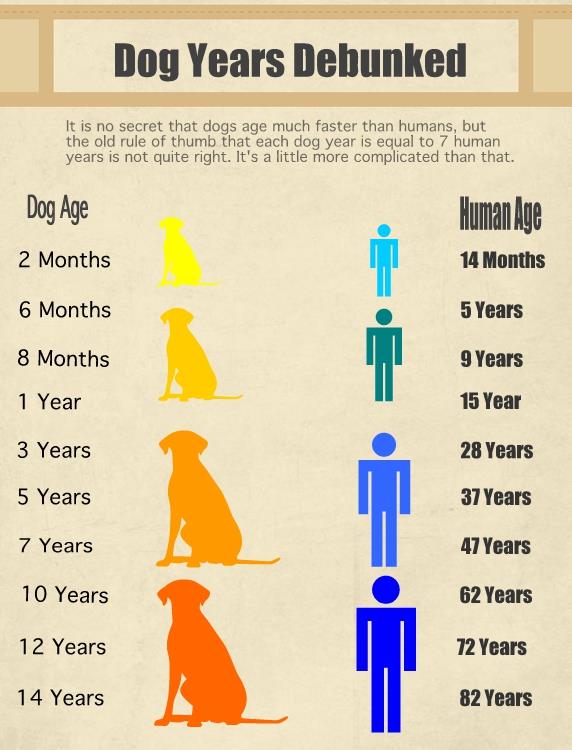
How Do You Calculate A Dog’s Age In Human Years?Ĭalculating a dog’s age in human years isn’t so clear-cut, as it differs depending on a dog’s breed and size.
2 MONTH PUPPY IN HUMAN YEARS HOW TO
In this blog post, we’ll be going over how to calculate a dog's age, how dog age calculators work, how to use our dog’s age calculator, and more. A dog age calculator is a simple yet accurate way to figure out how old your dog is in human years depending on their size and breed. So rather than using the 7:1 ratio to calculate your dog’s age in human years, you should use a dog age calculator. Size and breed also play a role in how old your dog is in human years. How to calculate dog age isn’t always so simple as the 7:1 ratio. Dogs grow a lot quicker than humans do, so the first year of a dog’s life is actually more equivalent to 15 human years.

This rule was created based on the statistics that dogs live to about 10 years old and humans live to about 70 years old. So, how old is a dog in human years? You’ve probably heard the rule that 1 dog year is the equivalent of 7 human years. One year for you might not seem like that long, but for your pup, it’s much more significant. But, dogs age a lot differently than humans do. You get to see them grow and get older, just like you do. “I have a six-year-old dog - she still runs with me, but I’m now realizing that she’s not as ‘young’ as I thought she was,” Ideker is quoted as saying.Having a dog means having a best friend who you get to grow up with. Researchers also believe that observing changes in the methylation patterns before and after the use of anti-aging products could help veterinarians make more informed decisions in terms of diagnostics and treatment.Ī graphic in the study makes the age comparisons intuitive and provides some helpful context for dog owners, including the scientists themselves. The new formula “is the first that is transferable across species,” and scientists plan to test their findings on other dog breeds to study the impact of longevity on their findings, according to a release. The rate of aging decreases after dogs turn 7. “This makes sense when you think about it - after all, a nine-month-old dog can have puppies, so we already knew that the 1:7 ratio wasn’t an accurate measure of age,” lead author Trey Ideker is quoted as saying.īased on the study, a one-year-old dog compares to a 30-year-old human, a four-year-old dog to a 52-year-old human. Tracking molecular changes in the DNA of Labrador retrievers, and in particular “the changing patterns of methyl groups” in their genome, according to a release, the study shows how dogs age at a much faster rate than humans early in their lives, then slow down after reaching maturity.

Researchers at the University of California San Diego School of Medicine have developed a new formula that takes into account that variance. And that’s because the scientists behind a new study say dogs and humans don’t age at the same rate. How do you compare a dog’s age to that of a person? A popular method says you should multiply the dog’s age by 7 to compute how old Fido is in “human years.”īut new research published Thursday in the Cell Systems journal debunks that method.


 0 kommentar(er)
0 kommentar(er)
